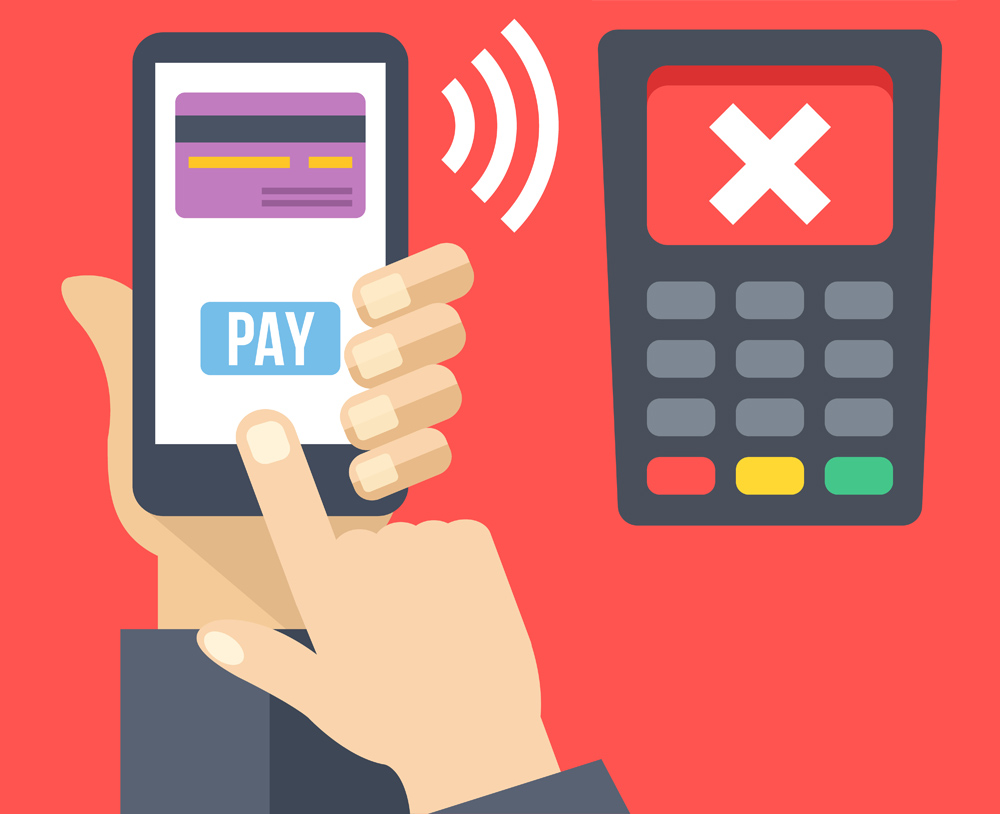Whether it’s for their rarity, quality, value as a socio-economic status symbol, or simple enjoyment, consumers have always purchased high-pricetag luxury fashion and accessories. Online shopping is continuing to grow quickly, and as more and more people across the globe have internet access, generate more disposable income, and enjoy the convenience and cost efficiencies of ecommerce, luxury fashion retailers are enjoying the benefits…and facing the challenges of being connected to the global bazaar. The danger of online fraud to luxury retailers
Luxury goods are extremely appealing to fraudsters as they have such a high value on the reseller market, and a successful fraudulent order means free merchandise. One ‘quality’ con in the luxury market can generate much more profit than many fraudulent orders of lower-value goods. And once a product appears on the reseller market, it effectively competes with the same product being sold by the actual merchant.
While online retailers – in any industry - face the constant threat of Card Not Present (CNP) fraud, particularly fraudulent transactions made with stolen credit card information or with credit cards issued using stolen personal information (identity theft), luxury fashion retailers tend to be especially fearful of CNP fraud as items in their space have a naturally high average value.
Fear, of course, drives extreme reactions that aren’t completely rational, like implementing stricter fraud controls (like lower risk thresholds for declining orders). Those reactions in turn can inflict just as much damage as the fraud they’re trying to prevent. Luxury e-tailers have a smaller customer base to begin with due to the price range of their products, and when a legitimate customer’s order gets declined - even once - it can drive that customer away from ever doing business with the brand again.
Not only is this damage self-inflicted, it’s also unnecessary
With about a fourth of rejected transactions being actually legitimate (false positives), for a luxury retailer with low volumes and high margins, that can mean a lot of lost revenue. The good news is that automated fraud detection systems built on machine learning are available which outperform manual review both in terms of speed and accuracy, thus enabling luxury e-tailers to accept more orders from markets they’d consider risky. China is a prime example of this problem of lost money due to inefficient fraud detection - the opportunity for legitimate business is huge for luxury merchants, yet many transactions are categorized as suspicious much too quickly.
You can’t afford the luxury of false assumptions about CNP fraud
Concerns about CNP fraud are legitimate, but when that concern is combined with false assumptions about online fraud, the result is a bad, inadequate response which limits revenue and stunts growth. Among the interesting data points shared by ecommerce fraud solution provider Riskified, was that the average luxury fashion retailer declines 75% of legitimate Chinese orders, and their solution was able to safely approve on average (and across all industries) 66% of the orders which its clients had originally declined because they had labeled those orders as fraud. Based on advanced machine learning models, Riskified was able to identify false declines, and recoup this revenue.
In this new global bazaar of luxury ecommerce, the assumption that high-ticket orders originating in China or with Chinese credit cards is inherently suspicious needs to be busted. Not only is it wrong, but also very costly, as customers who are falsely declined have a high propensity to stop doing business with the merchant who declined them. The opportunity presented by a globe of connected consumers can be a profitable reality for luxury ecommerce companies if they smartly adjust their assumptions about online fraud to meet its realities.




